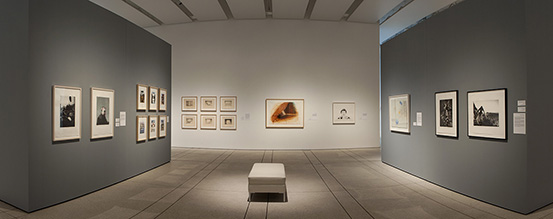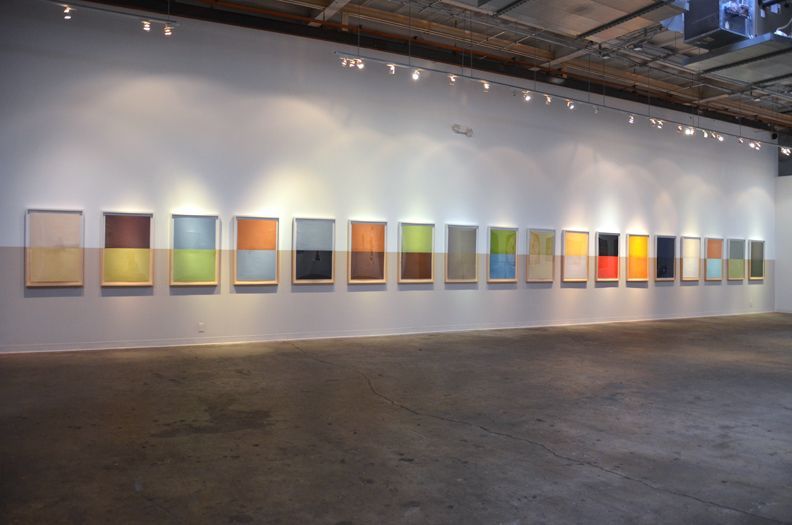FRAMING ART ON PAPER
The installation and presentation style are critical to having a successful show. Fine art framing has a limited vocabulary and the discerning eye can quickly determine if you have taken the time to present your work properly. This slideshow will give examples of professional presentations for fine art on paper.
PRESENTATION STYLES
The first decision is to select the presentation style that best suits your artwork. The choices are a mat, float, or a mat and float combination. The following gives examples and explanations which one is most suitable for your work.
MATTED PRESENTATIONS
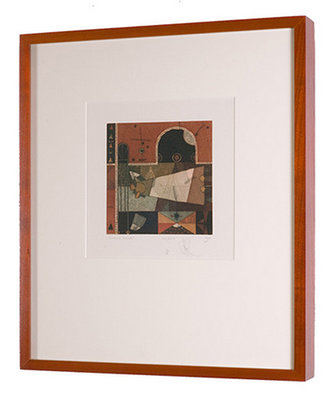
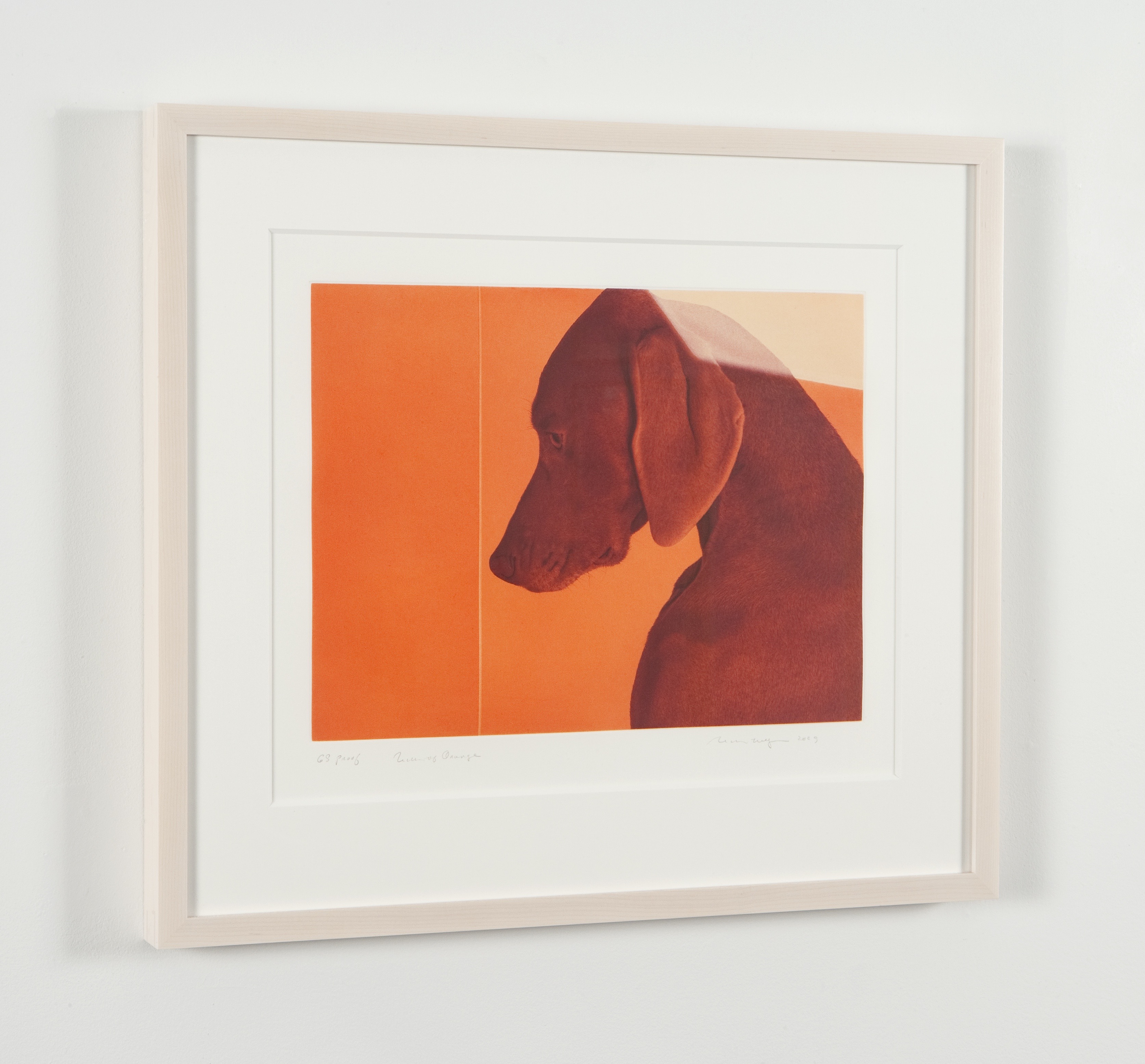
|
FLOAT PRESENTATIONS
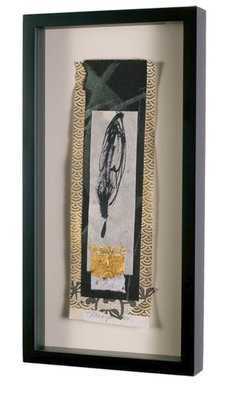
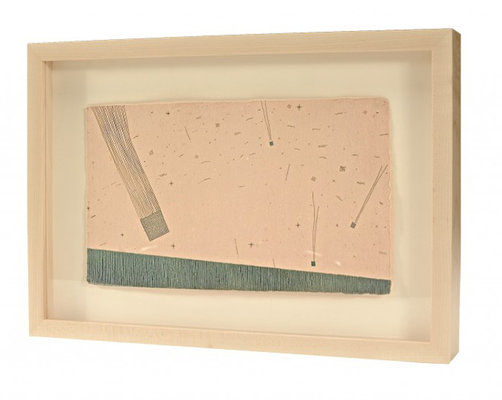
|
Float presentations are used when the artwork has a deckled or uneven edge or the entire image is critical and it is important that nothing is covered. It is also used on artwork that is dimensional or doesn’t lie flat which requires a spacer to separate it from the glazing. Spacers can be made of wood, plastic, or matboard. Custom calculator Take the stress out of calculating fractions. Just measure your artwork and decide on the border size or outside dimension and our new custom calculator will do the rest.
FRAMING ADVICE Hinging |
MAT AND FLOAT PRESENTATIONS
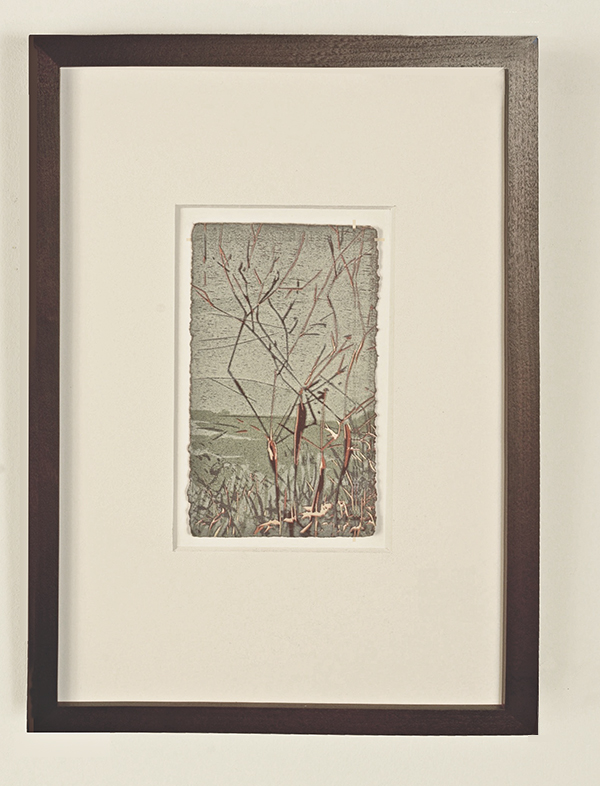
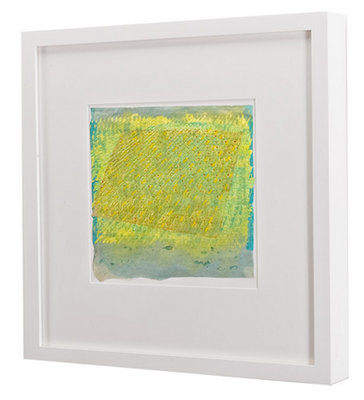
|
Mat and float presentations are used when the artwork has a deckled or uneven edge or it is important that none of the image is covered and a mat is deep enough to provide the separation from the art and the glazing.
Custom calculator Take the stress out of calculating fractions. Just measure your artwork and decide on the border size or outside dimension and our new custom calculator will do the rest.
FRAMING ADVICEHinging
|
|
Exhibition Tip: Metropolitan has added more options to make it easier for our customers to calculate the borders on their mats when mounting an exhibition using standardized frame sizes. When dividing fractions it is easy to make a mistake. We have added two new options to our online configurator to make sure they are done correctly. Just enter the inside dimension of the artwork and the frame size and we will calculate the borders for you. We have also given you the option of identifying the artwork. If you cut your own mats just print this off and you have a cutting list. If you want us to cut your mats we will include the title of the artwork with your mat so it is easy to identify which mat goes with which picture. |
